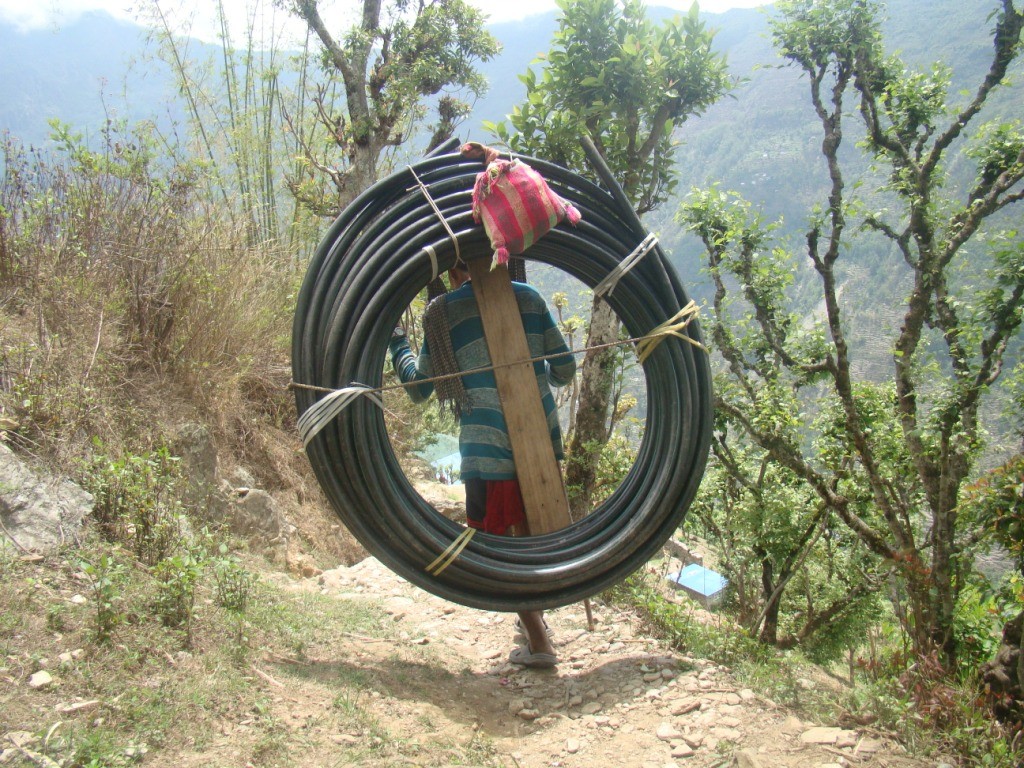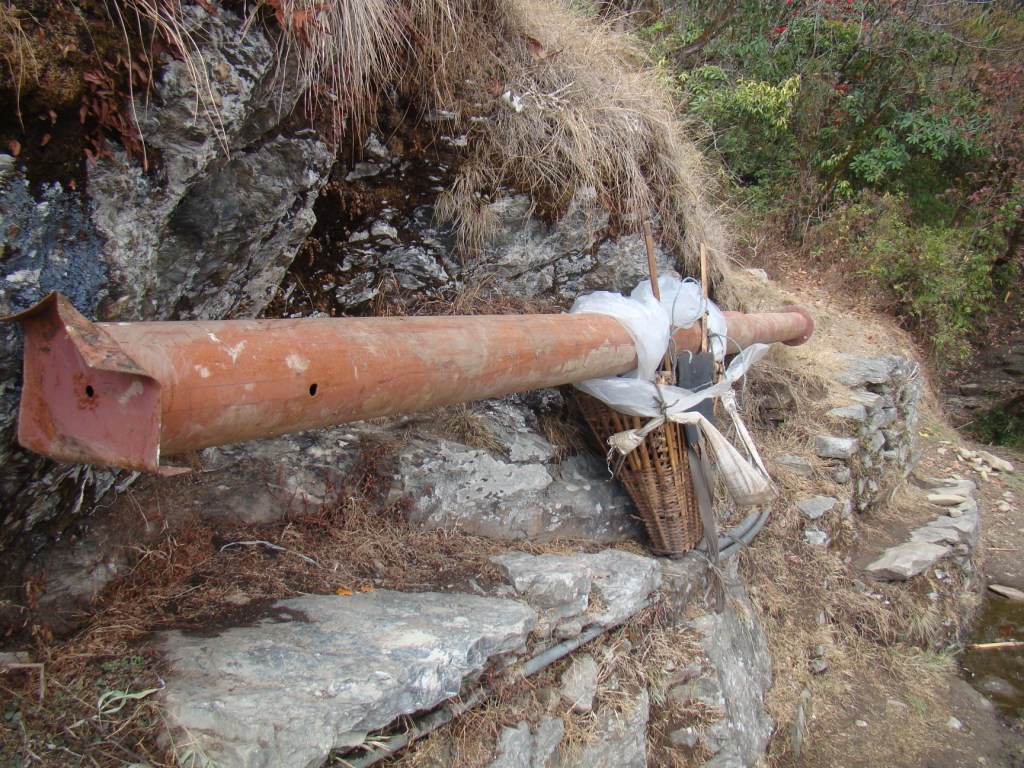Why and how should teachers write?
It is our great pleasure to release the third quarterly issue (July-September) of 2022.
While working for ELT Choutari we realized that teachers are reluctant to writing despite the fact that they are good communicators. Their experience remains undocumented, causing a situation where the grassroots realities of ELT classes are not reflected well in academic discourse. There are two main reasons behind this case; the first is that the teachers do not consider writing their work. Second, they think they cannot write. However, we believe that teachers can write and must engage in the practice of writing because writing is paramount for teachers’ professional development.
It is argued that the teachers who do not engage in the writing process themselves cannot adequately understand the complex dynamics of the process and cannot empathize with their students’ problems (Hairston, 1986). While engaging ourselves in writing, we better understand writing as a process since we become more conscious of the writing process, its mechanisms, and its importance, which is very important for a successful teacher.
Writing as a process helps the ELT practitioners share their experiences. The habit of sharing creates multiple platforms for both parties; the writers and the readers. In this light, writing helps to maintain professional solidarity. Similarly, reflection through helps them enhance their professionalism since they carefully note their successes, failures, and plans for improvement.
Writing does not necessarily equal a fine-tuned final product; instead, it is a recursive process that allows reflection and revision, and includes a series of processes like planning, drafting, editing, reviewing, revising and preparing final draft (Harmer 2006). While working to develop ideas, organize them and incorporate comments and feedback, the writers understand their strengths and weaknesses, which helps them refine their writing strategies and hone their creativity and confidence.
Teachers do not always need to research and write a well-formatted research article. They can start writing from their day-to-day experience, practice, and challenges they tackle in their professional life. While dealing with them, they think and work on multiple possible solutions and finally discover the best one. The teachers can make an issue about their challenges and explore this issue based on their practice with possible answers in their writings. Initially, these things look simple but can be an asset in academic discourse.
Writing a fine-tuned scholarly article can be an intimidating experience for school teachers and novice writers. As a beginner writing practitioner, the teacher can choose to write blog posts since they are flexible in length, structure, and themes and are beneficial for their professional development. For it, ELT Choutari can be a good choice for novice writing practitioners since it encourages local scholarship providing a common platform to communicate in academic circles. It prioritizes narrations and reflections from ELT practitioners to full-fledged research-based papers. Moreover, it gives space for local methods and practices, which in turn assists other related practitioners boost their classroom performance practically rather than merely enlarging their theoretical knowledge horizon.
Last but not least, one cannot be a good writer over night. It needs a step-by-step process. Writing blogs can be the first step. We can pick up a simple idea, prepare a writing piece, reach a broader audience, receive constructive feedback, and address them judiciously while revising it. This practice of our writing assists us in developing our writing habits in academia.
Papers and post on this non-thematic issue covers professional development ideas, reflections of teachers on online teaching and teachers’ exploitation in higher education.
Yadu Prasad Gyawali in his article Bridging the gaps of learning through learner centered integrative approaches (LCIA): A reflection explores how learner centered integrative approaches bridge the gap in learnability. Moreover, he reveals how these approaches result in enhanced learners’ motivation, self-preparedness and learners’ engagement.
Likewise, Rajendra Joshi on his post Online education during COVID-19 pandemic: an experience of a teacher reflects on the challenges the outbreak of COVID-19 pandemic entailed and the opportunities it brought. He further explores alternative learning platforms and strategies schools incorporated in the pandemic, which can be useful in the future crisis too.
Similarly, Bimal Khatri on his paper Part- time teachers’ well-being in urban community campuses: a narrative inquiry raises questions on discriminatory treatment to teachers at higher education, and unfolds how teachers’ well being affect both teachers’ and students’ academic performance.
Finally, in the editor’s pick post, we have included a multimodal blog, in which an English teacher and teacher trainer shares some ideas of teaching grammar to students
Here is the list of posts for your further exploration:
- Bridging the gaps of learning through learner centered integrative approaches (LCIA) , by Yadu Prasad Gyawali
- Online education during COVID-19 pandemic: an experience of a teacher reflects, by Rajendra Joshi
- Part- time teachers’ well-being in urban community campuses: a narrative inquiry, by Bimal Khatri
- 5 tips to teach grammar more effectively by Rubens Heredia
Finally, I would like to thank our co-editor Nanibabu Ghimire for extending invaluable support throughout the entire process. We jointly are thankful to all our editors and reviewers, Ganesh Kumar Bastola, Mohan Singh Saud, Ashok Raj Khati, Jeevan Karki, Sagar Poudel, Ekraj Koirala, Jnanu Raj Poudel, Karna Rana and Rajendra Joshi for their relentless effort and contribution.
If you enjoy reading these blog posts, please feel free to share in and around your circle, and of course, drop your comments in the boxes below. Likewise, please write and send us your teaching-learning experiences for which we will be happy to provide a platform at Choutari. Our email is 2elt.choutari@gmail.com
Thank You.
References
Hairston, M. (1986). When writing teachers don’t write: Speculations about probable causes and possible cures. Rhetoric Review, 5(1), 62-70.
Harmer, J. (2006). How to teach writing. Pearson Education India.
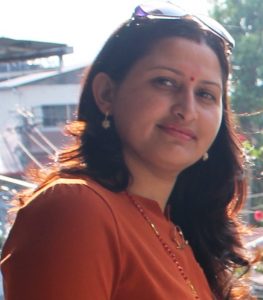



 I would like to comment mainly on two points when reflecting back the Choutari’s seven years. First, Choutari has been able to groom a new generation of scholars capable of writing on topics they have read about in others contexts or learned in their university classrooms. We did not have a stronger tradition of academic writing in TESOL and applied linguistics in the context of Nepal in the past. The Journal of NELTA was there, but young Nepali scholars did not consider themselves qualified enough to write for the journal. I had a similar view when I completed my M. Ed. In 2003. There still is a popular assumption that only experienced ‘scholars’ write for the journal, and the younger scholars are positioned in the receiving end of the journal readership. Since the starting of this webzine, this assumption has been questioned, renegotiated and redefined. I can see a whole lot of new scholars turning themselves into academic writers with greater confidence, refined skills, and thoughtful pedagogical tips. Second, the traditional mode of printing and publication in Nepal reached only to a small group of readers, usually with a long time gap. Consider, for example, the NELTA journal we have. It includes a collection of homegrown scholarship, but we have to wait for one year to read about ten or so articles. Webzine like the ELT Choutari has again challenged the tradition, expanding its reach to a wider audience, with a large number of readable articles. This again has promoted a new generation of writers and readers, who necessarily are not the university professors.
I would like to comment mainly on two points when reflecting back the Choutari’s seven years. First, Choutari has been able to groom a new generation of scholars capable of writing on topics they have read about in others contexts or learned in their university classrooms. We did not have a stronger tradition of academic writing in TESOL and applied linguistics in the context of Nepal in the past. The Journal of NELTA was there, but young Nepali scholars did not consider themselves qualified enough to write for the journal. I had a similar view when I completed my M. Ed. In 2003. There still is a popular assumption that only experienced ‘scholars’ write for the journal, and the younger scholars are positioned in the receiving end of the journal readership. Since the starting of this webzine, this assumption has been questioned, renegotiated and redefined. I can see a whole lot of new scholars turning themselves into academic writers with greater confidence, refined skills, and thoughtful pedagogical tips. Second, the traditional mode of printing and publication in Nepal reached only to a small group of readers, usually with a long time gap. Consider, for example, the NELTA journal we have. It includes a collection of homegrown scholarship, but we have to wait for one year to read about ten or so articles. Webzine like the ELT Choutari has again challenged the tradition, expanding its reach to a wider audience, with a large number of readable articles. This again has promoted a new generation of writers and readers, who necessarily are not the university professors.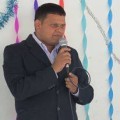
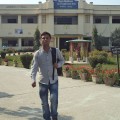 As ELT Choutari enters into 8th year, we would like to thank our valued contributors and readers for their continued support. The ELT journey without their support was never possible to accomplish seven years. The ELT Choutari today has won acclaim for its commitment to contributing to discourses focused on various issues related to English Language Teaching and Education.
As ELT Choutari enters into 8th year, we would like to thank our valued contributors and readers for their continued support. The ELT journey without their support was never possible to accomplish seven years. The ELT Choutari today has won acclaim for its commitment to contributing to discourses focused on various issues related to English Language Teaching and Education.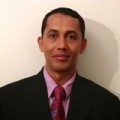 I think Choutari has made unique contributions to Nepali ELT discourse. The community had a great journal, and we also had an active listserv; but we wanted to provide colleagues a place to share ideas that was more public/open and interactive, where especially younger colleagues could contribute their ideas and experiences and run conversations. Many scholars who chose to run this blogzine also had the opportunity to practice publication and leadership skills while serving the profession. This publication has slowed down a little bit, but I am confident that new scholars will take the baton forward. In fact, I also hope that more venues like this will emerge and make new kinds of contributions to the field of ELT in Nepal.
I think Choutari has made unique contributions to Nepali ELT discourse. The community had a great journal, and we also had an active listserv; but we wanted to provide colleagues a place to share ideas that was more public/open and interactive, where especially younger colleagues could contribute their ideas and experiences and run conversations. Many scholars who chose to run this blogzine also had the opportunity to practice publication and leadership skills while serving the profession. This publication has slowed down a little bit, but I am confident that new scholars will take the baton forward. In fact, I also hope that more venues like this will emerge and make new kinds of contributions to the field of ELT in Nepal.

